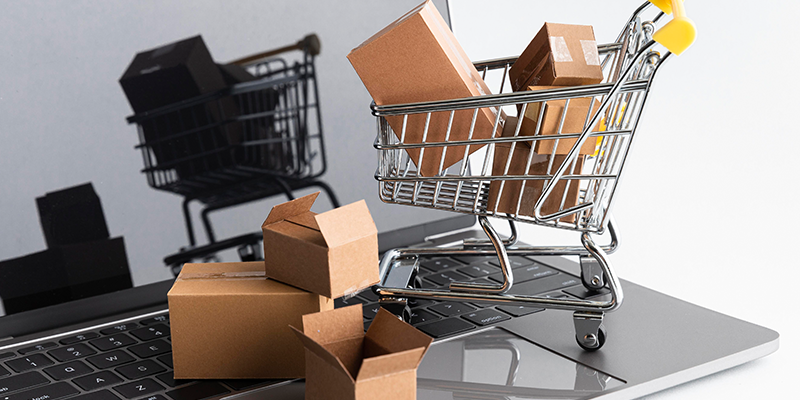Ecommerce sees 36 pc growth in last quarter in India: Report
In October to December 2020 period, PCB&W and FMCG & Healthcare (F&H) categories' volumes grew by 95 percent and 46 percent year-on-year (YOY) respectively, said a report by Unicommerce and Kearney.
The last quarter of 2020 saw ecommerce order volume growing by 36 percent in India with Personal care, Beauty, and Wellness (PCB&W) segment being the biggest beneficiary, according to a report.
In October to December 2020 period, PCB&W and FMCG & Healthcare (F&H) categories' volumes grew by 95 percent and 46 percent year-on-year (YOY), respectively, said the Q4-2020 Ecommerce Trends Report, released by Unicommerce and Kearney.
Tier II and III cities accounted for a 90 percent YoY incremental volume and value growth, it said.
The report, which assesses the ecommerce growth in Q4 2020 with the sector-wise analysis, said brand websites reported a 94 percent volume growth in the fourth quarter of 2020 as compared to the same period last year.
The last quarter of 2020 saw ecommerce grow by 36 percent and 30 percent YoY in terms of order volume and gross merchandise value (GMV), respectively, while the average order value declined by five percent in Q4-2020 as compared to the same period last year.
The ecommerce industry had reported a 26 percent order volume growth in Q4-2019 vis-a-vis Q4-2018.
The growth accelerated in light of COVID-19 and the effects of lockdown led to a massive change in consumer habits with many new shoppers and sellers coming online, the report said.
The electronics category witnessed 12 percent YoY growth in average order value (AOV) in addition to 27 percent YoY growth in volumes.
Fashion and accessories continue to be the largest segment by volume.
It reported 37 percent YoY volume growth but AOV declined by seven percent YoY in Q4-2020 as compared to the same period last year.
With people still working from home, the growth of the category is supported by the purchase of lower value products such as comfort wear and loungewear, the report said.
The lockdowns and reluctance to venture out resulted in many first-time online grocery shoppers, making it an important category for mainstream ecommerce players like Flipkart and Amazon to actively focus and promote the grocery business.
Tier II and Tier III cities reported significant gains in share of overall ecommerce sales volume share grew to 46 percent from 32 percent and value share grew to 43 percent from 26 percent during the Q4 CY2020 as compared to the same period last year.
FMCG & Healthcare is the fastest growing category in Tier I and metropolitan with 150 percent-plus growth, said the report, which covered trends related to the overall ecommerce growth, region-wise consumer demand and direct-to-consumer (D2C) trends and how it affects the industry in the post COVID-19 world.
CEO of Unicommerce, Kapil Makhija, said the impact of the COVID-19 pandemic has been widely visible ever since the lockdown was announced in March last year.
The ecommerce industry has emerged as the backbone of the retail industry and small and big players have realised the immense potential that ecommerce holds, he added.
Partner, Kearney, Siddharth Jain, said, "The Personal Care, Beauty & Wellness category is an incredibly interesting area of growth online, as it has seen stupendous volume growth of over 95 percent in Q4-2020, as compared to the same period last year".
"Tier II and Tier III+ markets have shown maximum growth potential, outpacing that of Tier I cities.
During the quarter in review, these cities accounted for a whopping 90 percent YOY incremental volume and value growth," Jain said.
Edited by Megha Reddy








![[Funding alert] Swiggy raises $43M more for Series I round from existing, new investors](https://images.yourstory.com/cs/2/f08163002d6c11e9aa979329348d4c3e/Swiggyimage1576503976120png)



